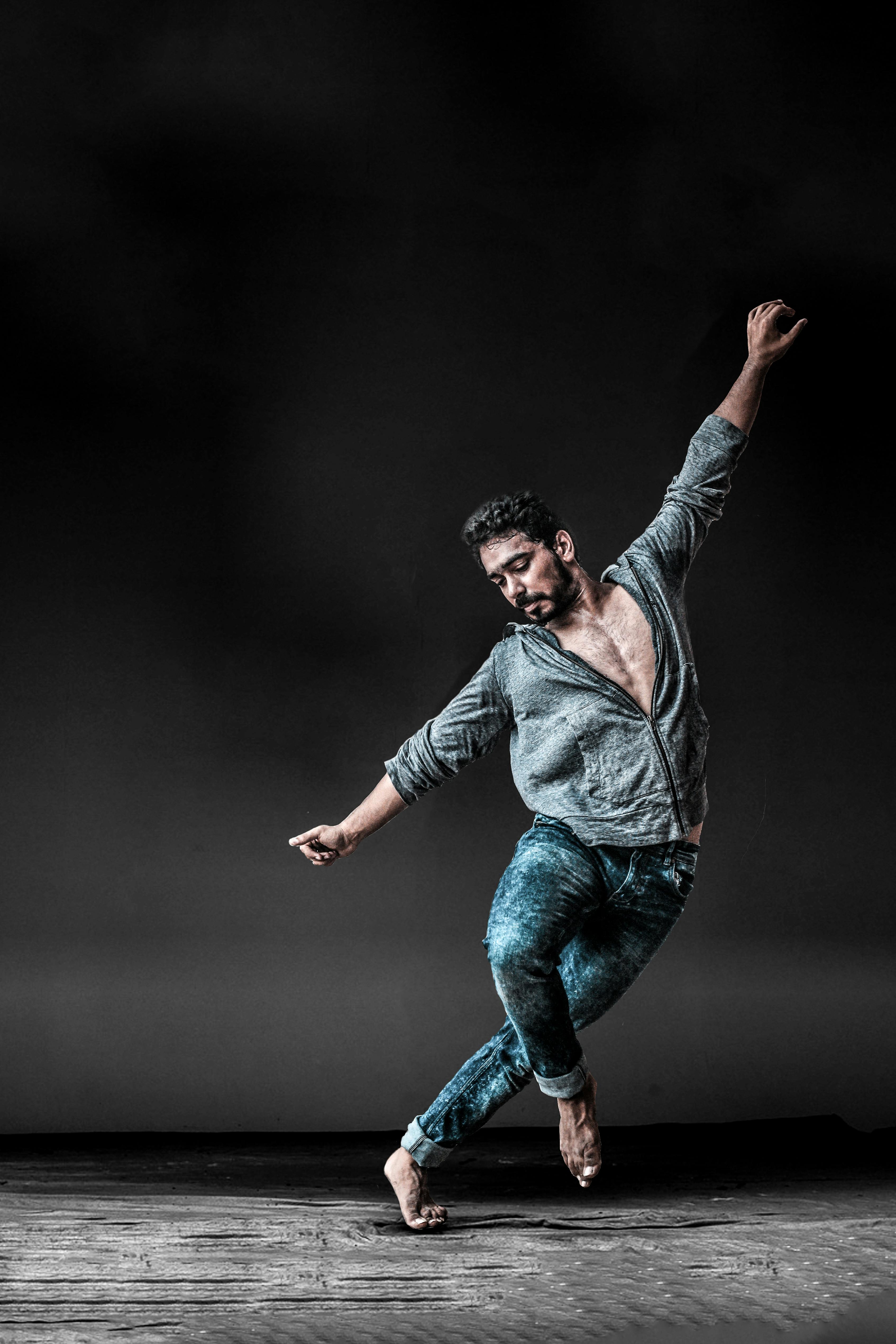Transcending Boundaries: The Fusion of Classical and Contemporary in Ballet
Introduction: As the curtains lift, a scene unfolds that is both deeply familiar and strikingly new. The world of ballet, steeped in tradition, is experiencing a transformative era as it merges with contemporary dance forms, introducing a breathtaking hybrid style that captivates audiences worldwide.

A Dance of Two Worlds
Ballet, a centuries-old art form, is known for its rigorous technique, ethereal aesthetics, and strict adherence to tradition. Meanwhile, contemporary dance, a relative newcomer, values exploration, innovation, and breaking boundaries. The fusion of these two disparate styles may seem incongruous, yet it is precisely this merging of old and new that is breathing fresh life into the world of dance.
A Historical Perspective
Historically, ballet and contemporary dance have existed in separate realms. Born in the Italian Renaissance courts of the 15th century, ballet solidified its rules and techniques within the confines of royal courts and professional dance schools. Contemporary dance, however, emerged in the 20th century as a rebellion against these constraints, valuing individual expression and innovation over formal technique. The idea of merging these distinct dance forms was unthinkable, until now.
Breaking New Ground
Today, numerous dance companies and choreographers are experimenting with this fusion of classical and contemporary dance. They are pushing the boundaries of what is conventionally accepted, blending the precise technique of ballet with the freedom and emotional depth of contemporary dance. This amalgamation is not without its critics, yet it continues to make waves in the dance community, challenging norms and expanding possibilities.
Impact and Reception
The reception of this hybrid dance form has been largely positive. Critics have praised the innovative choreography and the ability of dancers to execute both classical and contemporary movements with grace and precision. Audiences, too, have been enchanted by the fresh, dynamic performances that result from this fusion. This new direction in ballet has sparked a renewed interest in the art form, attracting a younger, more diverse audience.
Looking Forward: The Future of Dance Fusion
The fusion of classical and contemporary dance in ballet is more than just a trend – it’s a revolution that’s redefining the artistic landscape. As we move forward, this hybrid style will continue to evolve, shape, and inspire the world of dance. In merging tradition with innovation, we are witnessing a thrilling new chapter in the story of ballet that promises to enthrall audiences for generations to come.
The world of ballet is undergoing a profound transformation, one that is broadening its scope and challenging its traditions. By embracing the new and the different, ballet is not only keeping step with the times but also carving a bold new path for the future. This fusion of classical and contemporary is not just reshaping ballet—it’s redefining the very essence of dance.




